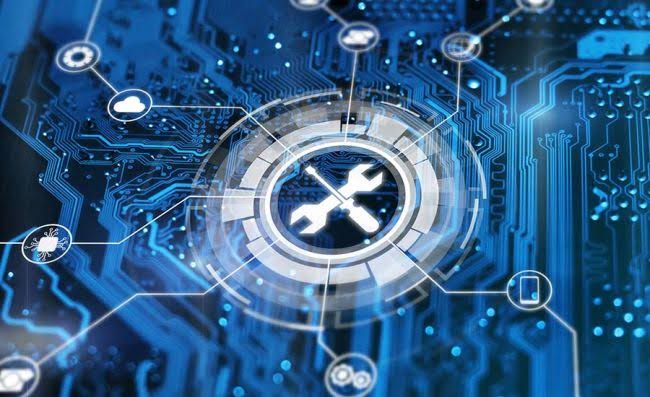As technology continues to evolve, businesses and individuals rely heavily on IT systems to function and perform daily tasks. However, with technology comes the possibility of issues and problems that can arise. Here are some common IT issues that people encounter, along with their possible solutions.
1. Slow computer performance
One of the most common IT issues that people encounter is slow computer performance. This can be caused by a variety of factors, such as outdated software, malware or spyware, or too many programs running in the background. To fix this issue, one can upgrade hardware or software, delete unnecessary files, run a malware scan, or use a system cleaner.
2. Internet connectivity issues
Another common IT issue is internet connectivity problems. This can include slow internet speed, intermittent connectivity, or complete loss of internet connection. To resolve this issue, one can restart the router or modem, check network cables, or contact the internet service provider.
3. Password management
Keeping track of multiple passwords can be a daunting task, and forgetting them can cause significant problems. To avoid this issue, one can use a password manager to store and secure passwords.
4. Data backup and recovery
Data loss can be devastating for businesses and individuals alike. To prevent data loss, one can regularly backup data to an external hard drive or cloud storage. If data loss does occur, one can attempt to recover lost data with data recovery software or seek professional help.
5. Cybersecurity threats
Cybersecurity threats such as viruses, malware, and phishing scams can compromise sensitive data and cause significant damage. To prevent these threats, one can install antivirus software, keep software updated, use strong passwords, and practice safe browsing habits. Cybersecurity threats refer to any malicious activities that aim to compromise the confidentiality, integrity, or availability of digital information, systems, or networks. These threats can be perpetrated by individuals, organized groups, or even governments and can have severe consequences for individuals, businesses, and entire countries.
Some common types of cybersecurity threats include:
6. Malware: Malware, short for malicious software, is any software that is designed to harm or exploit computers or networks. Common types of malware include viruses, worms, Trojans, and ransomware.
7. Phishing: Phishing is a type of social engineering attack where attackers use email, phone, or text messages to trick individuals into divulging sensitive information such as passwords, credit card numbers, or other personal information.
8. Denial-of-Service (DoS) attacks: DoS attacks aim to disrupt the normal functioning of a website or network by flooding it with traffic or overwhelming it with requests. This can cause the website or network to become unavailable to legitimate users.
9. Advanced Persistent Threats (APTs): APTs are sophisticated attacks that are typically carried out by organized groups or nation-states. These attacks are designed to be stealthy and can go undetected for long periods, allowing attackers to steal sensitive information or maintain a presence on a network.
10. Printing problems
Printing problems can be a significant annoyance in the workplace, with issues such as printer not working or not connecting to the computer. To resolve these issues, one can check the printer settings, ensure that the printer is properly connected to the network, or reinstall printer drivers.
conclusion
IT issues are a part of using technology, but there are always solutions to resolve them. It is essential to stay up to date with the latest technology trends and to seek professional help when necessary. By doing so, businesses and individuals can minimize the impact of IT issues and keep their systems running smoothly.




























